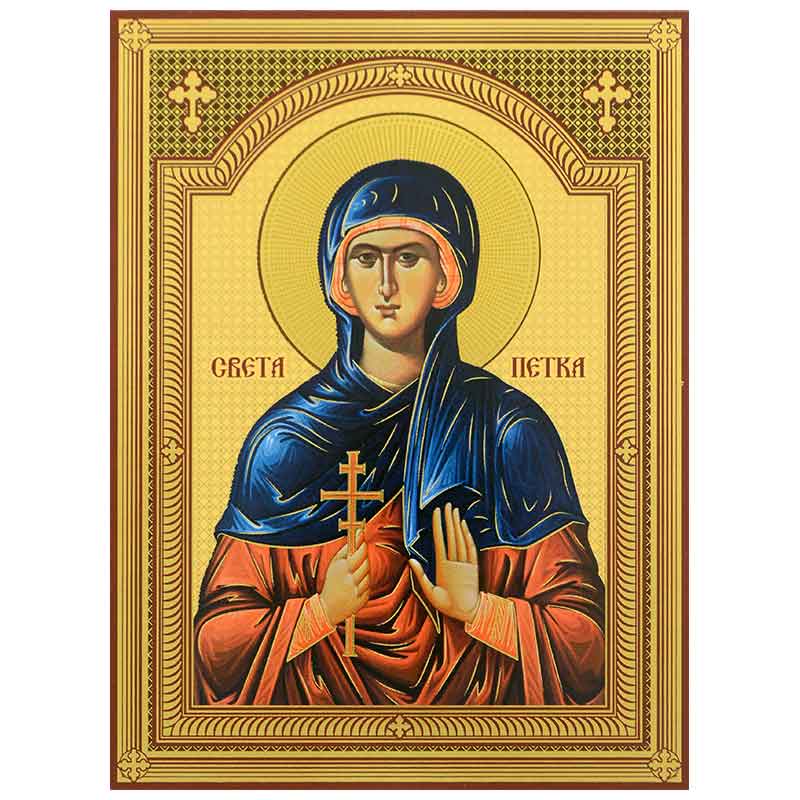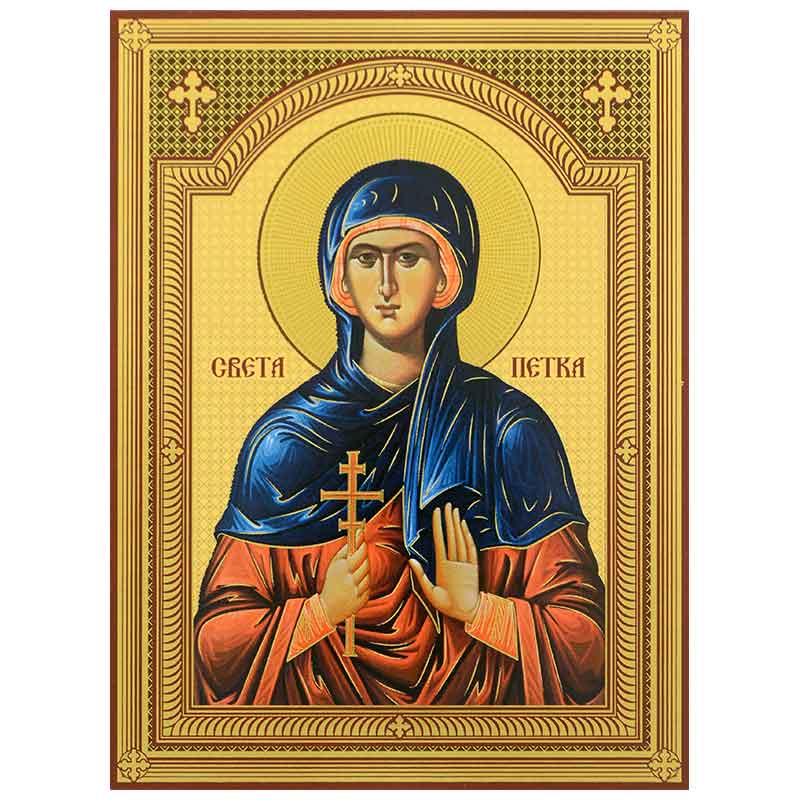
What makes a Serbian Orthodox home
Share
A Serbian Orthodox household is more than just a place to live—it's a small house church. Within it, faith, tradition, and prayer combine to form a spiritual center of everyday life. In this article, you'll learn about the elements that characterize such a home—from the candilo to the icon to the blessing of the house—and why these symbols of our faith are indispensable.
The house consecration – Blagoslov za new početak
When a family moves into a new home—whether after construction, renovation, or a move—it is customary to have the house consecrated by a priest. This ritual act is performed in the most festive corner of the house—where the icons hang. In addition to a candle, incense, water, and oil, four small candles, basil, and a small cotton swab for anointing the walls are required. The consecration usually takes place in the morning and traditionally concludes with a shared meal—on fasting days, of course, with appropriate food.
The priest prays for the protection and spiritual prosperity of the house, for health, harmony and divine grace for all its inhabitants.
The icon – the spiritual heart of the house
The central element of every Serbian Orthodox home is the icon of Krsna Slava—the household saint. It is placed on the east wall of the living room or dining room, accompanied by icons of Christ, the Mother of God, or other venerated saints. No worldly images or decorations should hang on this wall—it is the spiritual center of the home.
The Orthodox Church follows clear rules in icon painting. The Byzantine style is particularly prevalent. Unfortunately, today, one can find many so-called "icons" in markets and online platforms that have nothing to do with the true ecclesiastical style. Such depictions desecrate the image of the saint and often border on kitsch.
Therefore, icons should only be purchased in churches, church outlets, or from reputable sellers such as svetazvezda.com – because we only carry authentic products from the Serbian Orthodox Church.
Every new icon should be consecrated by the priest before it takes its place in the house. In front of the icon, there is often a small table on which the candilo, candle, incense, and prayer book have their permanent place—because this is where daily prayers take place.
The Kandilo – Light of Christ in everyday life
In front of the icon, the candilo burns—a small oil lamp filled with pure sunflower oil. It is lit on feast days, Sundays, and often daily. The delicate glow symbolizes the light of Christ and reminds us that our lives, too, should be bright and pure.
This silent, flickering light creates an atmosphere that touches deeply – children in particular take this image to heart and often carry it with them for life as a formative memory.
The candle – prayer cast in light
Before each prayer, a candle is lit—be it a large Slava candle or a smaller one for daily prayer. The head of the household makes the sign of the cross, names his patron saint, kisses the candle, and lights it. The candle's glow accompanies the prayer, connecting heaven and earth.
The Slovo – Seal of Faith
The Slovo is a wooden seal bearing the symbol IS HS NI KA (Jesus Christ conquers), which is pressed into the Slava cake. Like the icon, it is consecrated in the church and is an integral part of every Slava.
Basil – fragrance of the Holy Spirit
Basil is tied in bunches, dried, and used year-round for house blessings. Its distinctive fragrance symbolizes the grace of the Holy Spirit.
Frankincense – fragrance of prayers
Real charcoal or a special charcoal briquette smolders in the censer. On top of this, genuine church incense is placed, which releases its sweet, bitter fragrance when burned. The master of the household first incenses the icons during prayers, then himself and the family – the eldest first. Thus, the entire household is filled with prayer and grace.
The Holy Scripture – Foundation of Faith
No Christian home is complete without the Bible—the Word of God, the heart of our faith. Unfortunately, it is missing from many households, even though it is an indispensable source of spiritual growth for children, young people, and adults. Our church especially recommends the "Illustrated Bible for Youth" to help young people access the Word of God.
The Molitvenik – Prayers for every day
A prayer book containing daily and festive prayers belongs in every Serbian Orthodox home. The prayers are recited together before the icon—by the head of the household or one of the children. Every family member should know the most important prayers, such as the Lord's Prayer and the Creed, by heart.
Home prayer – Domaća molitva
In addition to attending church services, daily prayer at home is a source of spiritual strength. Especially on the eves of holidays or Sunday evenings, the family should gather before the icon: the candilo is lit, the incense burns, the candle flickers—and the words of the prayer fill the home with peace.
After the prayer, the master of the house says: “Nazdravlje molitva,” to which the others reply: “Amin, Bože daj.”
Personal Prayer – Usrdna molitva
Even outside the home, before every decision, in joy and in sorrow – the sign of the cross and a short prayer connect us with God. For Serbian Orthodox life is not a Sunday show – it is everyday life. And the home is its spiritual stage.


